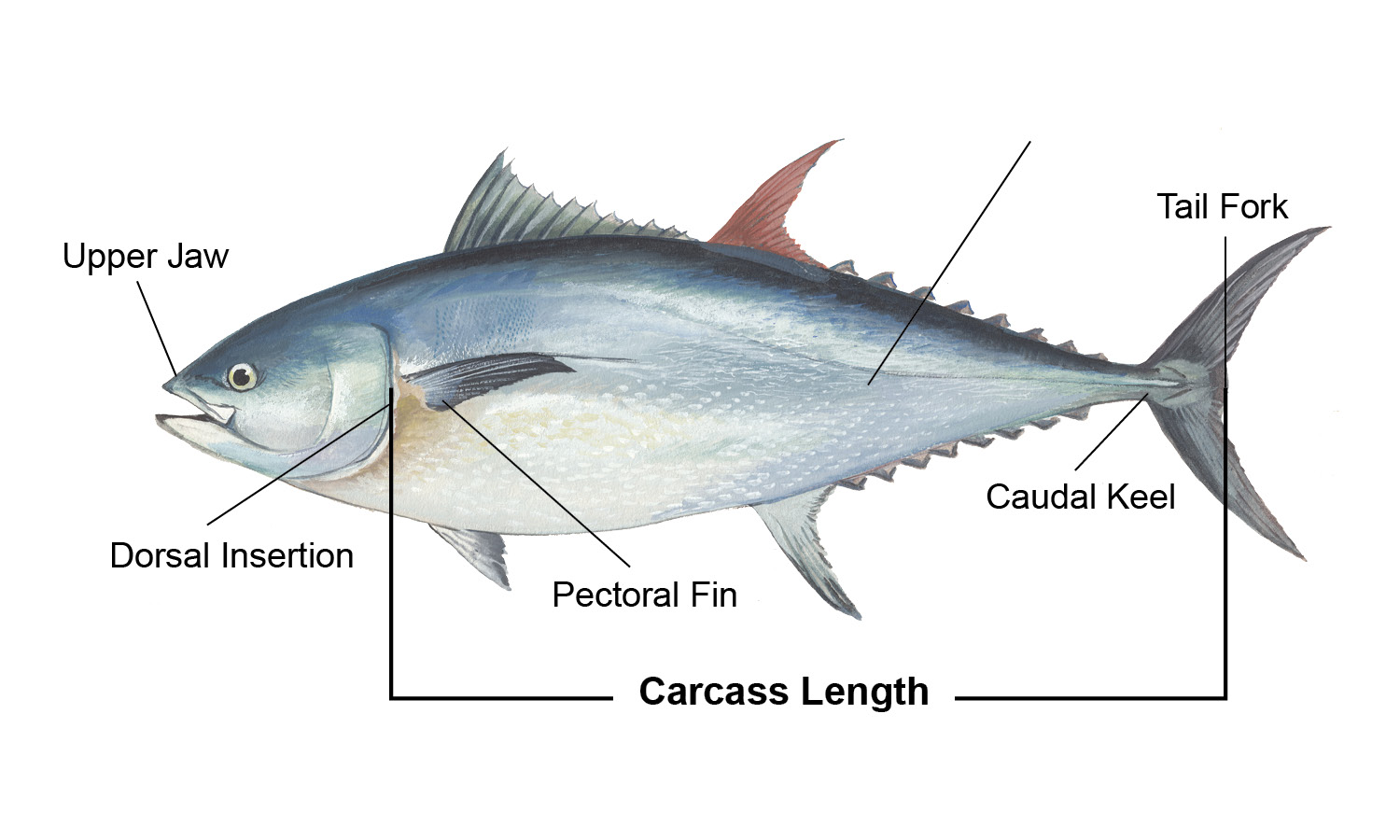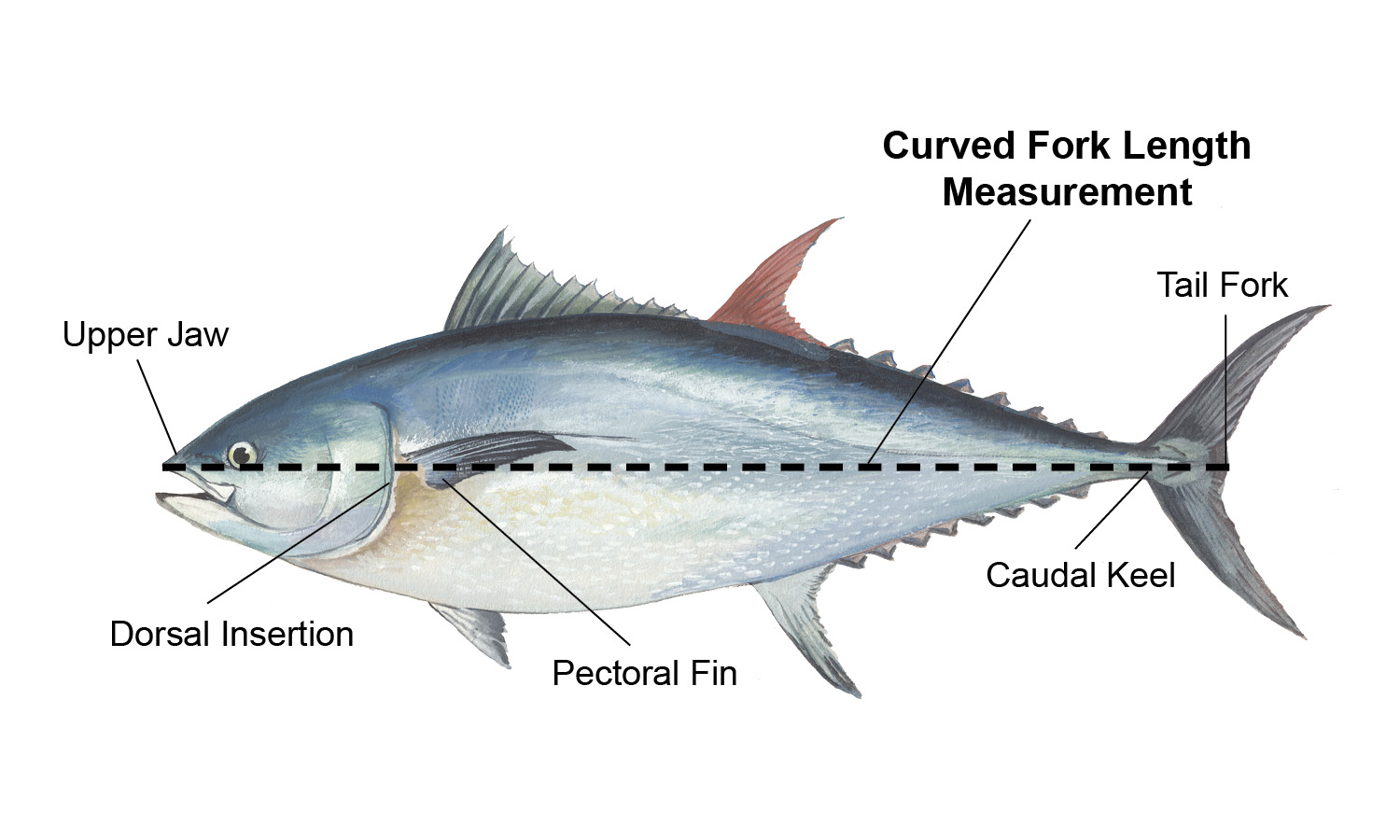| Large Coastal Sharks | Small Coastal Sharks | Pelagic Sharks | Smoothhound Sharks |
|---|---|---|---|
|
Blacktip |
Atlantic sharpnose | Blue oceanic whitetip | Smooth dogfish |
| Bull | Blacknose | Porbeagle | Florida smoothhound |
| Hammerhead, great | Bonnethead | Shortfin mako | Gulf smoothhound |
| Hammerhead, scalloped | Finetooth | Thresher | |
| Hammerhead, smooth | |||
| Lemon | |||
| Nurse | |||
| Spinner | |||
| Tiger |
Best Fishing Practices
Have a Plan
- Identify what species you will target and at what depth. Make sure you have the proper tools on board. Tools could include a dehooker, pliers, line cutter, measuring device, camera, net, descending device, and venting tool. Learn more about these devices and other techniques to reduce barotrauma.
- Know the regulations. You must have certain equipment onboard to target some species.
- Be aware of any sensitive species you may encounter, such as bull red drum, that do not require barotrauma equipment but may exhibit barotrauma symptoms under certain situations and benefit from treatment.
Requirements for Fishing Reef Fish in Federal Waters of the Gulf of America
For purposes of reef fish management, Louisiana state waters extend nine nautical miles (10.357 statute miles or 3 marine leagues) seaward from the nearest land, but in some cases extend further. The EEZ is described as waters that extend seaward from that point out to 200 miles from the coast.
Recreational anglers onboard a vessel fishing for or possessing reef fish in the Gulf of America EEZ must have onboard and use the gear specified below. These devices are required because they reduce mthe ortality of released fish.
- Non-stainless steel circle hooks are required when fishing with natural baits for reef fish.
- At least one dehooking device is required onboard and must be used to remove hooks embedded in Gulf reef fish with minimum damage. The device must be constructed to allow the hook to be secured and the barb shielded without reengaging during the removal process. The dehooking end must be blunt and all edges rounded. The device must be of a size appropriate to secure the range of hook sizes and styles used in the Gulf reef fish fishery.
Please note that the DESCEND Act of 2020 requires commercial and recreational vessels (including for-hire) to have a venting tool or descending device rigged and ready to use when fishing for reef fish in Gulf of America federal waters. These new requirements go into effect January 13, 2022.
Requirements for Fishing Atlantic Highly Migratory Species in Federal Waters of the Gulf of America
Anglers targeting Atlantic billfish species (blue marlin, white marlin, roundscale spearfish, and sailfish) in federal Gulf of America waters are required by federal law to use non-offset circle hooks when using natural bait (or natural/artificial bait combination). J-hooks and offset circle hooks may only be used with artificial lures.
Anglers targeting Atlantic sharks (see list below) in federal Gulf of America waters are required by federal law to use non-offset, non-stainless steel circle hooks, except when fishing with flies or artificial lures. Circle hooks are required for any line that is targeting sharks; this can be determined by the angler on a line-by-line basis. Any shark caught on a hook other than a non-offset, non-stainless steel circle hook must be released unless caught using flies or artificial lures.
An Atlantic billfish or shark that is caught but not kept must be released immediately without removing it from the water to improve its chances of survival.
Use Appropriate Gear
- Use appropriate tackle for the size and species of fish you’re trying to catch. Reducing fight time decreases the chance of a fish dying after it has been released.
- Use circle hooks to decrease the chance of gut hooking.
- Use barbless or crimped barb hooks to ensure an easier hook removal.
- Avoid hooks with points offset from the shank (such as octopus hooks) when planning on catch and release or if you’re likely to encounter fish outside of the legal size limits that require release.
- Use dehooking tools and, if necessary, heavy cutters to cut and remove hooks. Most hooks sold today do not rust out unless they are non-stainless steel. Hooks left in fish can cause further injury to the fish and other animals that may consume it as prey.
Proper Fish Handling
- If you plan on releasing a fish, it should not be out of the water longer than you can hold your breath.
- Do not use a gaff if you are unsure if a fish is legal or if you are not planning on keeping it.
- Use a rubber or mesh non-knotted net to avoid injuring a fish’s gills and eyes.
- Do not grab a fish by the gills or eyes and avoid holding the fish up by only its jaw.
- Support a fish’s full body weight by holding it horizontally, placing your hand under its belly as you lift it out of the water.
- Use wet hands or a very wet towel if you need to hold a fish.
- Dry hands and towels remove a fish’s slime coat which is needed to prevent infection.
- Fishing gloves also work, just ensure they are also wet.
- Minimize handling to reduce disturbing the slime coat.
- Avoid dropping a fish, especially onto hard surfaces.
- If a fish is gut hooked and you are unable to use a dehooker, avoid further injury to the fish by cutting the line as close to the hook as possible before releasing the fish.
- When releasing a fish, gently place it head first into the water. If the fish looks tired, move it in a figure eight to pass water over its gills. Avoid pulling the fish backwards.
- A fish that appears to be in poor condition probably has a low chance of survival. If legal, consider keeping that fish for consumption.
How to Measure a Fish
First, place the fish on its side on a flat board with the jaw closed.
Total Length: Measure in a straight line from the tip of the snout to the extreme tip of the tail fin. Adjust the tail by rotating or squeezing to obtain the maximum length of the fish.
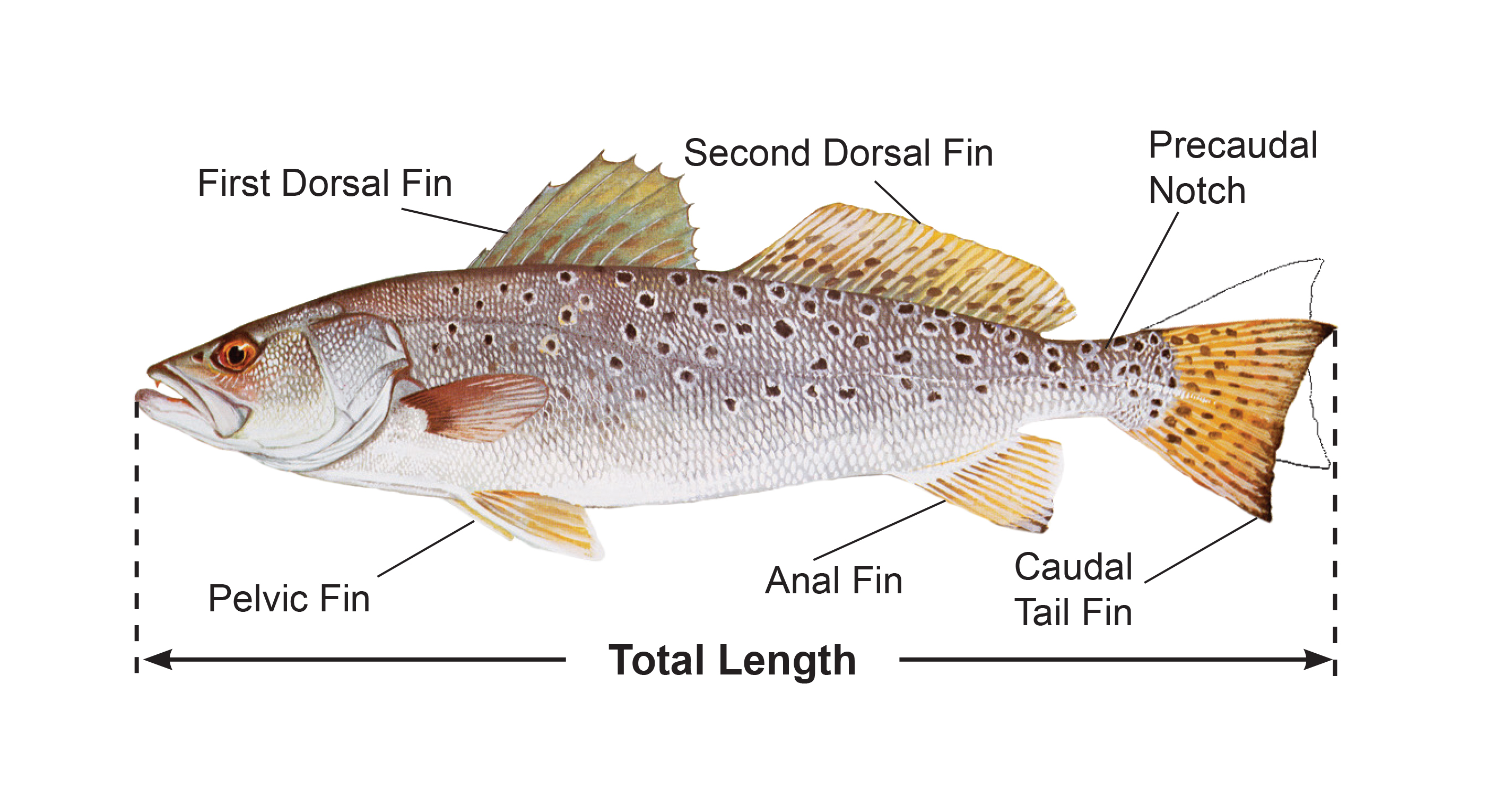
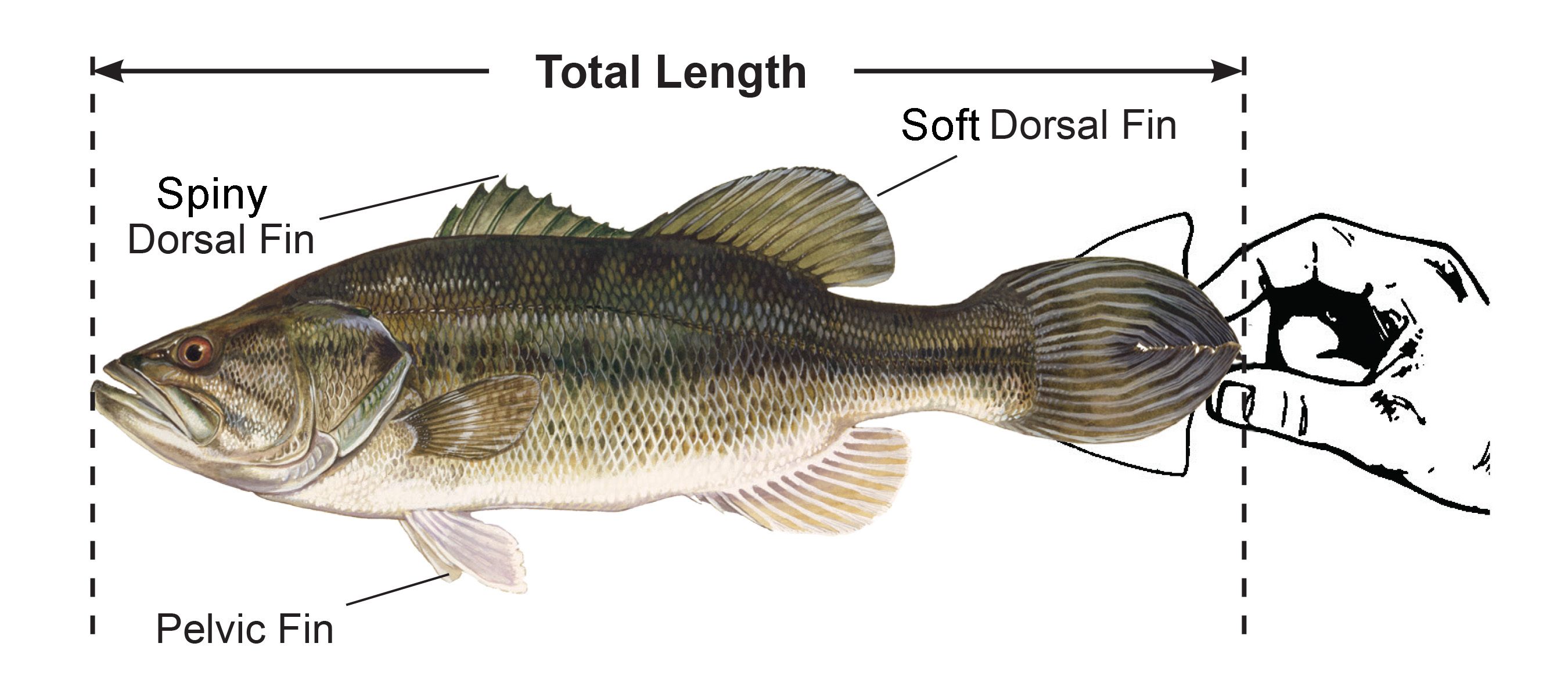
Fork Length: Measure in a straight line from the tip of the snout to the fork of the tail.
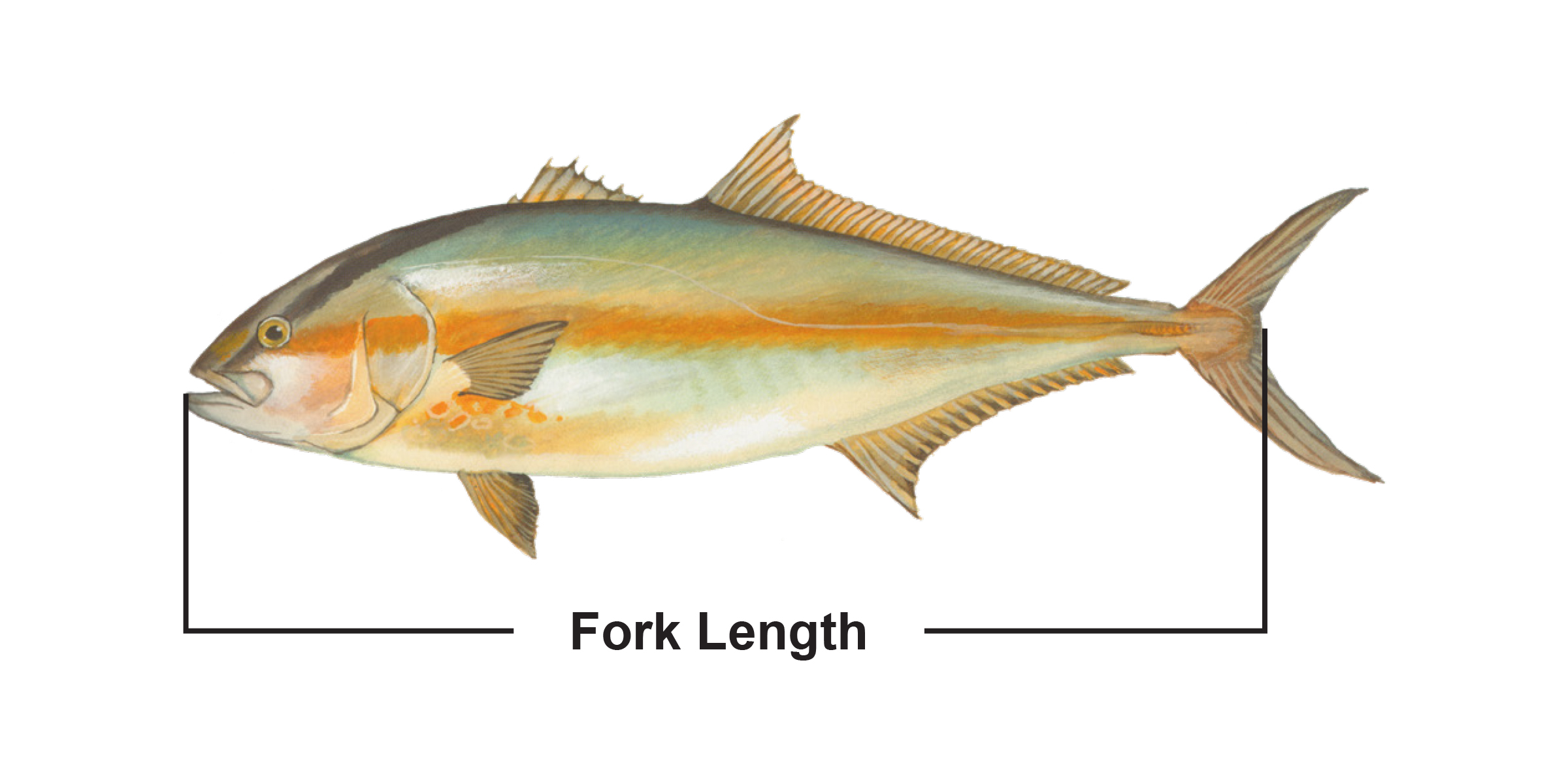
Lower Jaw Fork Length: Measure in a straight line the length from the tip of the lower jaw to the fork of the tail
Cleithrum to Caudal Keel: Measure cleithrum to caudal keel length by following the curve of the fish's body from the cleithrum to the caudal keel.
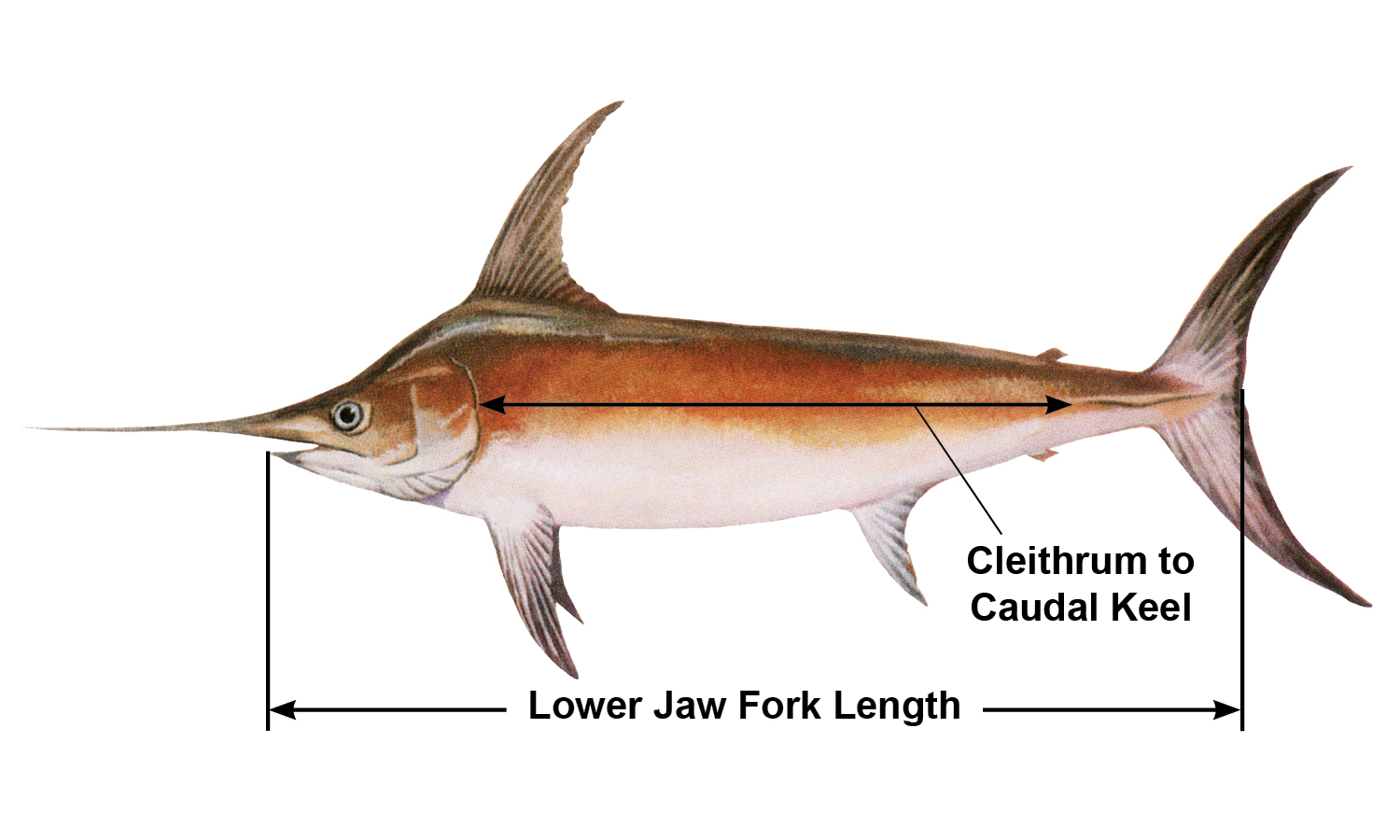
More Resources
- Spotlight on Barotrauma
- Gulf of Mexico Fishery Management Council's Fishing for Our Future
- NOAA Fisheries' Catch and Release Best Practices
- Louisiana Fisheries Forward Fast Facts on Barotrauma (PDF)
- Fish-Friendly Practices for Recreational Angling (PDF)
- Fishing Basics: FishSmart-Catch and Release How-To
- How to Release a Fish
- Keeping Bass Alive
- Safe Fishing Practices for Kids
- FAQs on Requirements for Circle Hooks, Dehooking Devices, and Venting Tools for Gulf of America Reef Fish (PDF)
- Return 'Em Right
- DESCEND Act Requirements Brochure (PDF)

